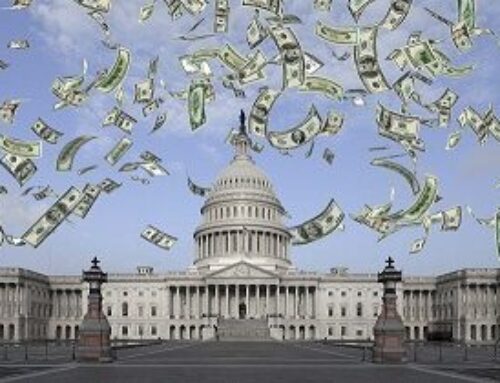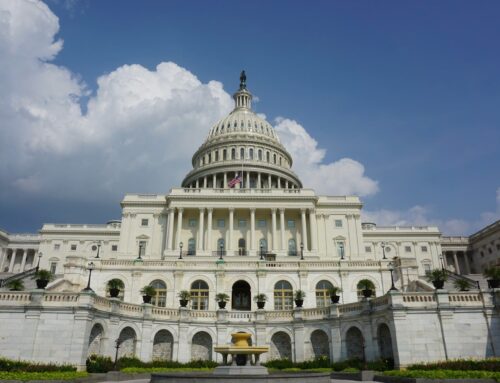You’ll often hear us calling for spending to be offset. Cut wasteful spending here, eliminate an unnecessary tax expenditure there, or reform a program to save money. We’re all for it. But what passes for offsets these days are increasingly just gimmicks that create an illusion of budgetary discipline. They are the useless budgetary calories that fill you up, but give you no fiscal nourishment.
The recently passed House transportation bill provides a great example. For the moment, let’s leave aside our concerns with the fundamental failure of Congress for more than a decade to address the gap between the amount of revenue generated by the gas tax and the amount of spending lawmakers want. We wrote about that last week. Instead let’s look at the biggest pay-for in the bill – tapping the Federal Reserve capital surplus account.
As we wrote last week, this delivers a whopping $60 billion offset for increased transportation spending. And after the House modified the pay-fors, jettisoning a few they didn’t like, their offsets generated enough revenue to pay for six years of transportation funding at their preferred level or about five years at the Senate’s higher level. Or at least that is how it appeared from the Congressional Budget Office ten year score of the bill.
But let’s look a little closer at the Fed’s surplus account. In a nutshell, this account is composed of the earnings the Fed receives on its aggregate (across the twelve Federal Reserve Banks) bond holdings minus expenses. A large portion of this – to the tune of nearly one hundred billion dollars in 2014 – is remitted to the Treasury. As former Federal Reserve Chairman Ben Bernanke pointed out in a recent (really good) blog post, there is already a bit of a sleight of hand here; these earning are from interest on Treasury bonds the Fed holds, but if the Fed didn’t hold them someone else would and that interest would not be remitted to the Treasury.
But more to the point, this cash that is being counted as an offset for spending more on transportation projects is anything but an offset. That money is already heading for the Treasury, but just as general revenue, not set aside for a specific purpose. It would be as if a convenience store owner decided that revenue from Skittles sales would go to future gasoline purchases for the store. It doesn’t change the aggregate cash in the till, and it doesn’t affect gasoline costs, it just creates an artificial set-aside for already existing revenue. Except where this analogy breaks down is that Congress is planning on spending more on transportation without getting increased Skittles (Fed surplus account) revenue. That’s not an offset. That’s going to put us in a bigger fiscal hole.

As long as we have budget scorekeeping rules there are going to be clever individuals who figure out how to get around those rules and exploit them to their gain. We’re not opposed to rules. It’s important to have consistent procedures, at least that way we can call people out trying to game the system and work to tighten the rules, like discounting offsets with a long time horizon to better measure up against short term spending. But it is also past time for Congress to play it straight with the American taxpayer. If you’re relying on gimmicks, then you don’t want to play by the rules. You want to spend or cut revenue more than you are willing to admit. One way to get a better handle on what needs to be done, is to have the CBO do one year, five year and ten year evaluations on their scores of bills. They have a tough job to do, but better understanding the pitfall and exploitation of the rules will help deliver a better product. That’s only common sense and we can’t afford less.
Photo credit: Dave Catchpole via flickr












Get Social